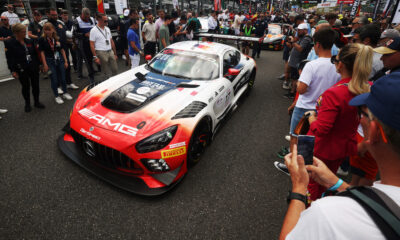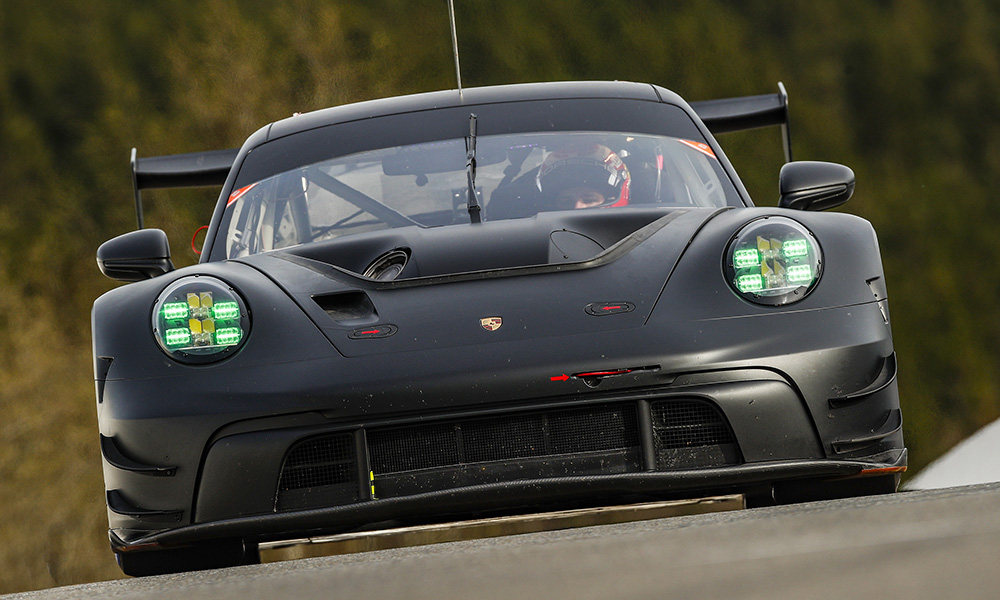
Photo: Porsche
Porsche has officially released the first photos of its latest-generation 911 GT3 R ahead of its customer debut in worldwide GT3 competition next year.
It is the first GT3-spec Porsche based on the Type 992 road going model and replaces the current 991.2 version that has been racing globally since 2019.
While official specifications have yet to be released, the car has already completed extensive testing in Europe, at circuits including Spa-Francorchamps, Barcelona and Monza, with it expected to race in pre-homologation trim later this year.
According to program manager Sebastian Golz, one of the key improvements of the new Porsche GT3 car over its predecessor is the implementation of more sophisticated driver assistance technology.
A new software package has been introduced and is designed to make the car easier to set up amid a wide range of options.
“You can change a lot of things on the car,” Golz told Sportscar365. “We have more possibilities and it’s more adjustable than the 2019 car.
“There are big metrics they can fine-tune for each racetrack, but it must be really easy to handle.
“[On the 2019 car] if you have an issue, you need to change something manual to get out of this failure. In the future, it’s automatic. The system recognizes the problem.”
A key aim of the new software package is to make troubleshooting more streamlined.
“In the past, you had three or four different software tools on your notebook, and you needed to have different cables,” Golz explained.
“Now you just have to plug in one cable, and you have more functions with one software. It’s easier to access and work with the car, from an engineering systems side.
“The customer is able to adapt settings and it makes life much easier. Compared to thinking about connecting the ABS system with this converter, that cable and that software that you have to install… now you have everything in one tool.”
Golz added that the software upgrades are expected to translate into improved performance from customer drivers.
“The system is learning by itself more, so the driver does not have to adapt so much,” he said.
“They have more intelligent driver assistance. It helps to make it easier to drive with the car, so the driver should focus more on the driving itself.
“We have a bigger cockpit and it’s easier to see the [numerical] values. Also the view, seating position and air conditioning are a little bit improved to make it easier to drive.
“We don’t just need car performance: we need driver performance. If it’s easier to drive, they will be on a good performance level for a longer time. This is an important target.”
Daniel Lloyd contributed to this report
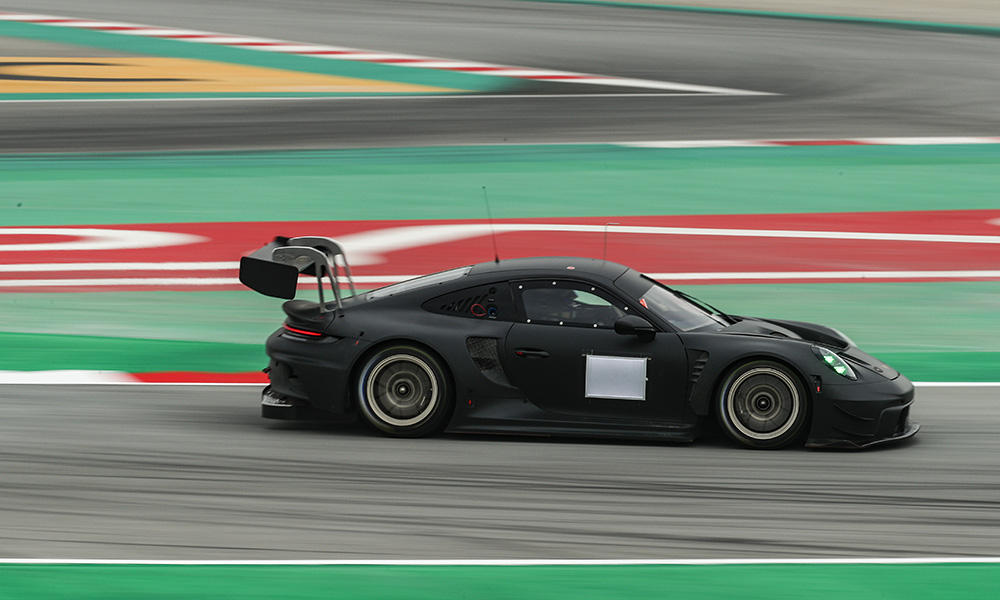
Photo: Porsche
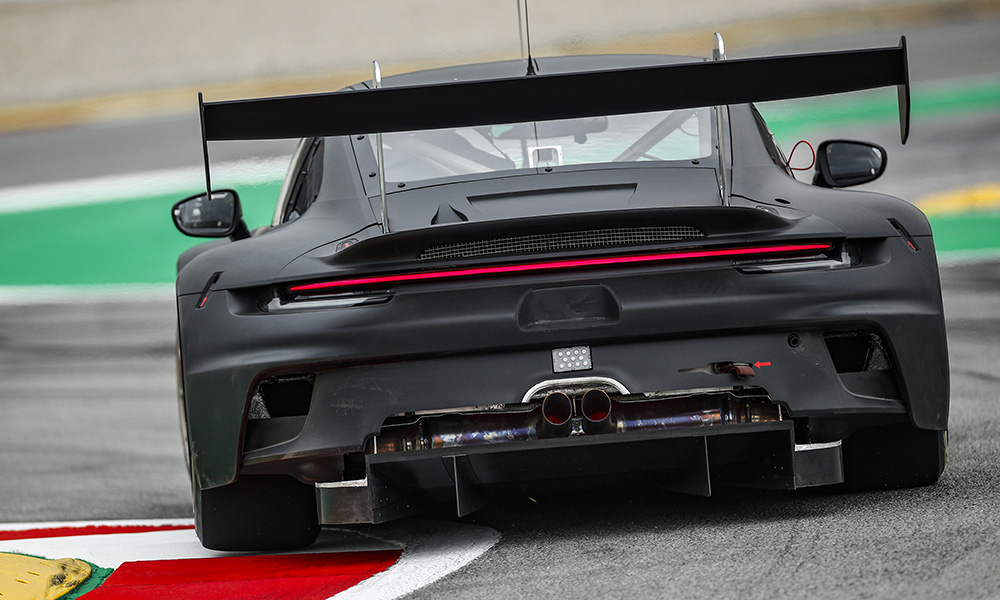
Photo: Porsche
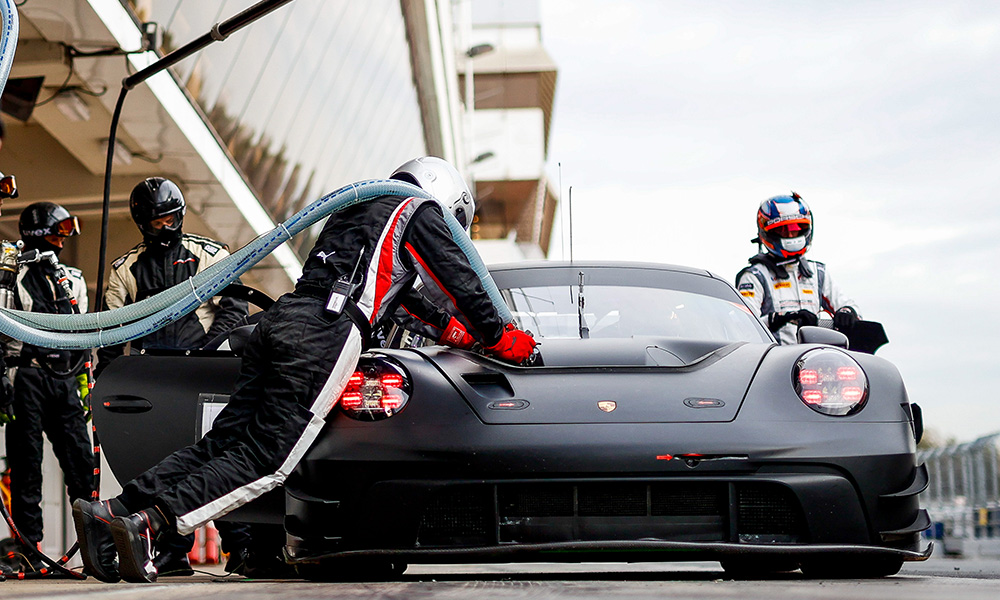
Photo: Porsche
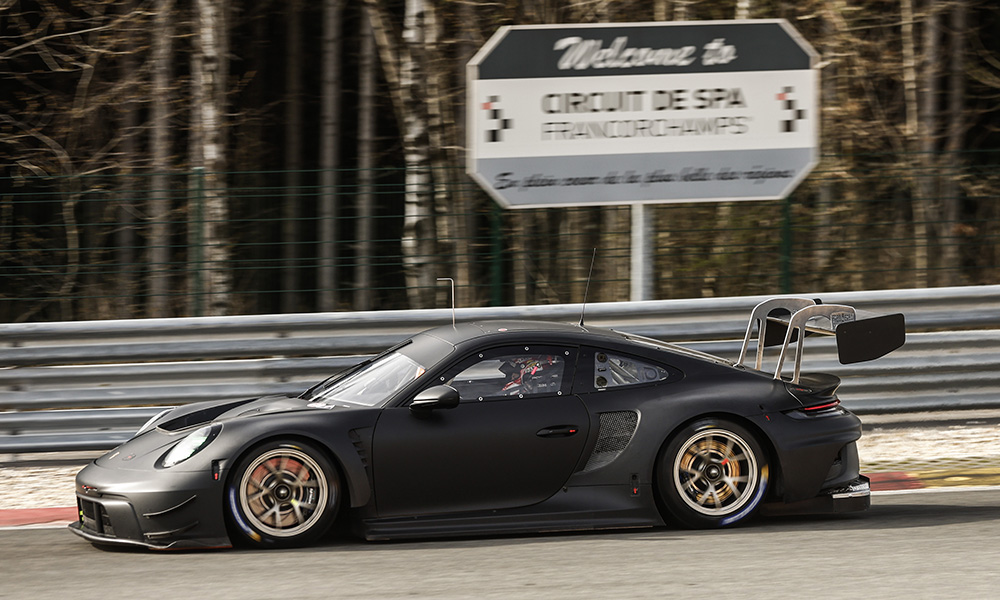
Photo: Porsche
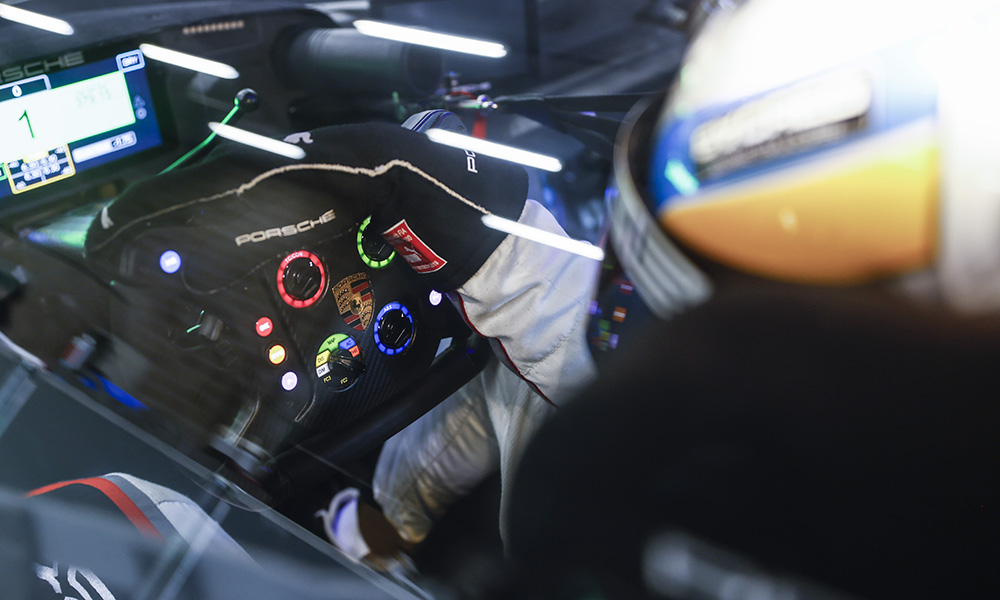
Photo: Porsche




















